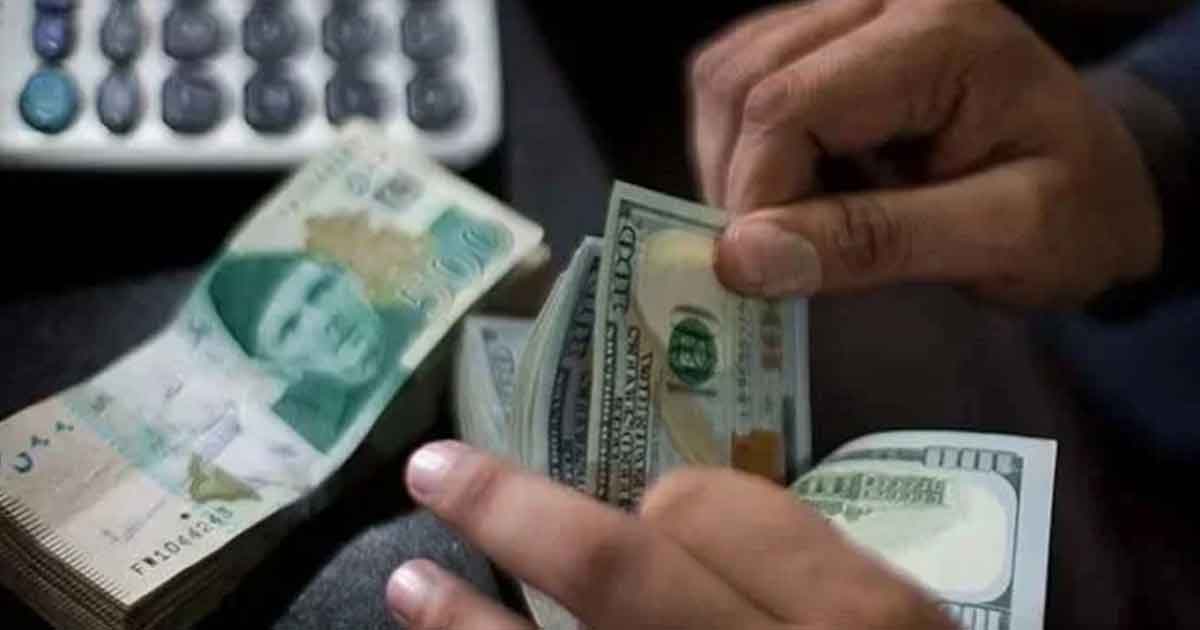- “Fall in rupee value expected after caretaker government takes charge.”
- Rupee is “expected to devalue further” amid political uncertainty.
- Rupee losses Rs3.02 in interbank market to close at Rs291.51.
On Tuesday, the Pakistani rupee faced a significant drop against the US dollar, falling by Rs4 in the open market. This decrease is attributed to ongoing political uncertainty, as well as a decline in exports and remittances.
By the end of the day, the rupee’s value reached Rs300 in the open market, and it experienced a loss of Rs3.02 against the US dollar, closing at Rs291.51 in the interbank market.
On Tuesday, the Pakistani rupee faced a significant drop against the US dollar, falling by Rs4 in the open market. This decrease is attributed to ongoing political uncertainty, as well as a decline in exports and remittances.
By the end of the day, the rupee’s value reached Rs300 in the open market, and it experienced a loss of Rs3.02 against the US dollar, closing at Rs291.51 in the interbank market.
Interbank closing #ExchangeRate for today https://t.co/PSffDJrHqg#SBPExchangeRate pic.twitter.com/wz2CYM0KFi
— SBP (@StateBank_Pak) August 15, 2023
During a broadcast on national television, Zafar Paracha, the General Secretary of the Exchange Companies Association of Pakistan (ECAP), explained that the decrease in the value of the rupee had been anticipated following the transition to the caretaker government.
Paracha mentioned that the interim administration is likely to take actions in accordance with the terms set by the International Monetary Fund (IMF), which the previous elected government had avoided.
He further noted that the recent decision to remove all import restrictions as part of the IMF requirements also contributed to the rupee’s devaluation. This change would exert pressure on the country’s foreign exchange reserves.
Paracha highlighted the decline in remittances, amounting to $2 billion, from overseas Pakistani workers in the first month of the fiscal year, along with a decrease in exports, as additional factors influencing the rupee’s decline.
He projected that the rupee may continue to weaken against the US dollar to bridge the gap between the open and interbank markets in line with IMF directives.
The ECAP General Secretary also pointed to the existence of a grey market and the increase in terrorist incidents within the country as contributing factors to the rise in the dollar’s value against the rupee.








